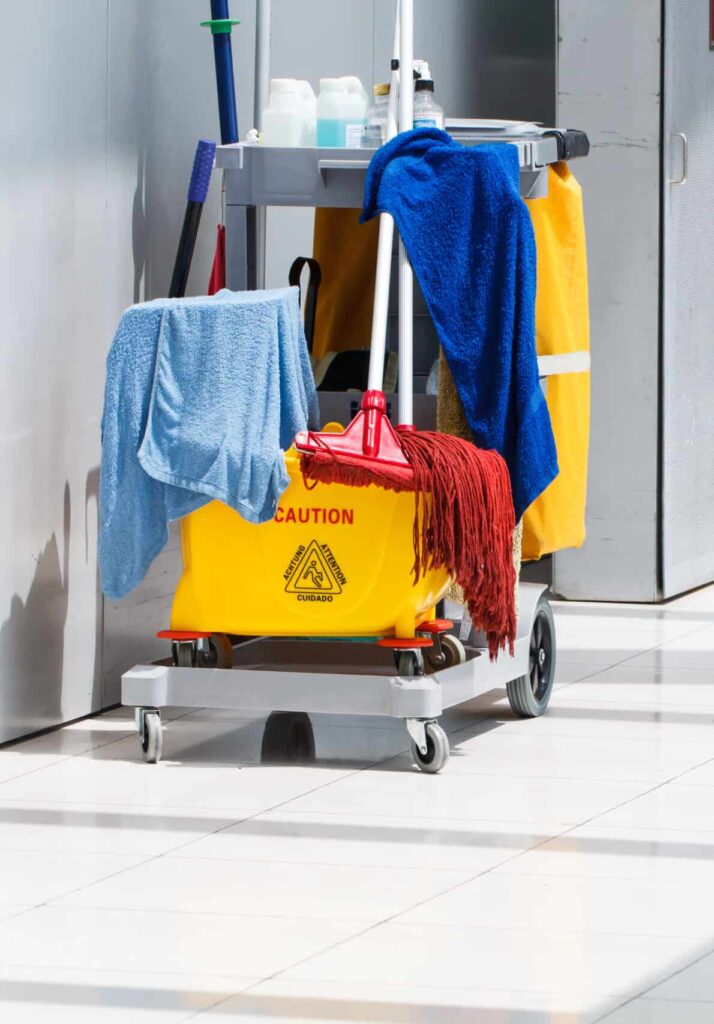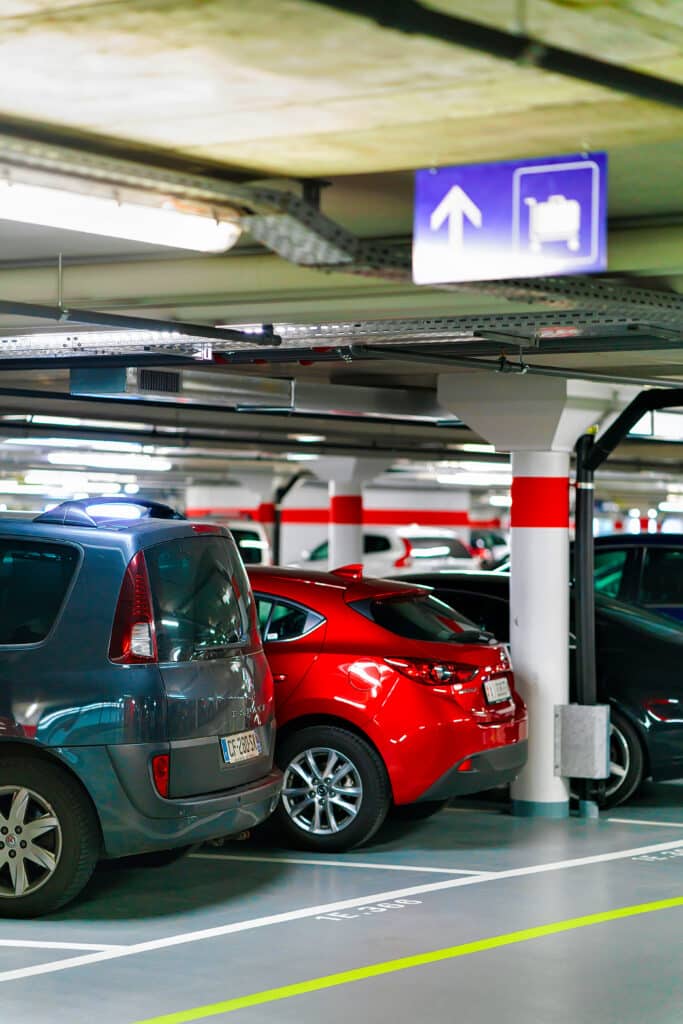Containment. Decontainment. Recontainment.
The pandemic has turned the work organization upside down, bringing telecommuting to the first plan. It has forced companies to rethink the way they work. Now, it’s time to go back to the office, but is it really a return to “normality” ?
Healthy environment, flexibility, hybridization: three major challenges

Employees habits have changed and their workspaces expectations have evolved. It’s getting more complicated to keep them coming back at the office. In a context marked by recruitment tensions and turnover, how can companies stand out ?
Following health and energetic crisis, three major issues have emerged:
- A healthy environment is essential to the well-being of occupants.
- New expectations in terms of flexibility have appeared.
- Hybrid work modes and spaces are in constant development.
A healthy environment
Even if the pandemic pressure is decreasing, health stakes remain high. Returning to the office means reassuring employees in terms of hygiene and safety. Providing a ventilated, gel-filled and cleaned workspace is now a prerequisite.
According to the JLL Employee Preference Barometer, employees’ work environment aspirations are increasing day after day.
Well-being and health rank to second place (59%) in workers expectations classification, before salary. Job quality and working conditions could lead nearly a quarter of workers to quit their job. Safety, physical and mental health are becoming an issue for companies. Proposing added value workspaces strengthens their attractiveness.
According to the same study, companies still have progress to do: less than half of employees are convinced that their company is a good place to work. Beyond the health standards enforcement, return-to-office creates new challenges. Providing conducive spaces with positive well-being impacts boosts employee engagement.
Flexibility on all levels
Before last crisis, employees already had expectations in terms of work environment, well-being and comfort. But after several months away from the office, some of these expectations have been reinforced and others have emerged. They all have one major characteristic in common: need for flexibility.
According to a recent study published by Manpower Group, 93% of employees are increasingly concerned about flexibility at work. 64% of them would like to move to a 4-day work week and 35% would like to choose where they work.

Hybridization
Recent published surveys show that hybrid work is favored by employees, with a mix of telecommuting and face-to-face work. Beyond time, it is also about hybridization of work spaces. Employees are now used to working from home and the separation between spaces has become more tenuous.
Workers want to keep benefits of these new organizations and live an enriched employee experience. Companies have to use well-being as an effective lever and a powerful attraction factor to retain employees. At a time when it’s difficult to recruit, taking these elements into consideration can make a difference.

« With fewer people coming to the office every day and the need for flexibility, this is also a good time to reconsider the mobility policy and the role played by parking in it.
Smooth flow to parking can be used to add a positive workplace experience, but also to anticipate and avoid attendance spikes, boosting office traffic on some days rather than others.
Carparks have the potential to become as flexible as a hybrid office, allowing employees to use it daily, only a few days a week, or to reserve in advance whenever they need to use it »
IZIX - Smart Parking Solutions
Facility Management : a strategic role
Obviously, environment, flexibility and hybridization expectations are not without consequences for building management. The ability to respond to it gives Facility Management players an eminently strategic role.
Reinventing management, digitizing processes
Companies will have to reinvent workspaces management and digitalize their processes. Indeed, flexibility and hybrid modes induce managing the use of buildings. Who comes to the office? When do people come? For how long? Will the meeting room on the 2nd floor be occupied today? What about the office on the third floor?
Organizations will have to adopt an agile approach, anticipating the number of occupants and calibrating services in a more personalized way. Having a management platform that can adapt activities to needs and monitor all buildings facilities is becoming essential.
Patrick Tavaris, CEO of Movework, confirms: “To meet the current flexibility and hybridization challenges, companies have to digitalize their processes. Combined with the development of data management and connected objects implementation, platforms such as MoveWork Flow allow us to respond in real time to occupants needs, to intelligently coordinate interventions, with the aim to enhanced performance.”

« Having a clear view of parking usage - current and projected - is essential for managing building occupancy. Managing carparks through digital tools allows us to ensure this control over occupancy in real time, optimize spaces and intervene if necessary.»
IZIX - Smart Parking Solutions
Rethinking benefits management
Flexibility replace a standardized approach and is changing the way services are managed. The example of cleaning is obvious. In the past, cleaning was done early in the morning or late at night. Today, interventions have been rethought. Technicians must be able to react quickly and agilely, intervening as needed. This requires a completely different organization.
Here again, coordination between service providers and companies, and management are major issues. “Managing the right intervention in the right place at the right time, in line with real needs, is fundamental. This contributes to optimal management, whether in terms of hygiene, consumables or technical maintenance of the building. This is only possible with a tool that unites the entire ecosystem: the company, the service providers and of course the occupants,” continues Patrick Tavaris.
With changing work patterns and practices, FM players may hold the keys to employer attractiveness and a successful return-to-office.
